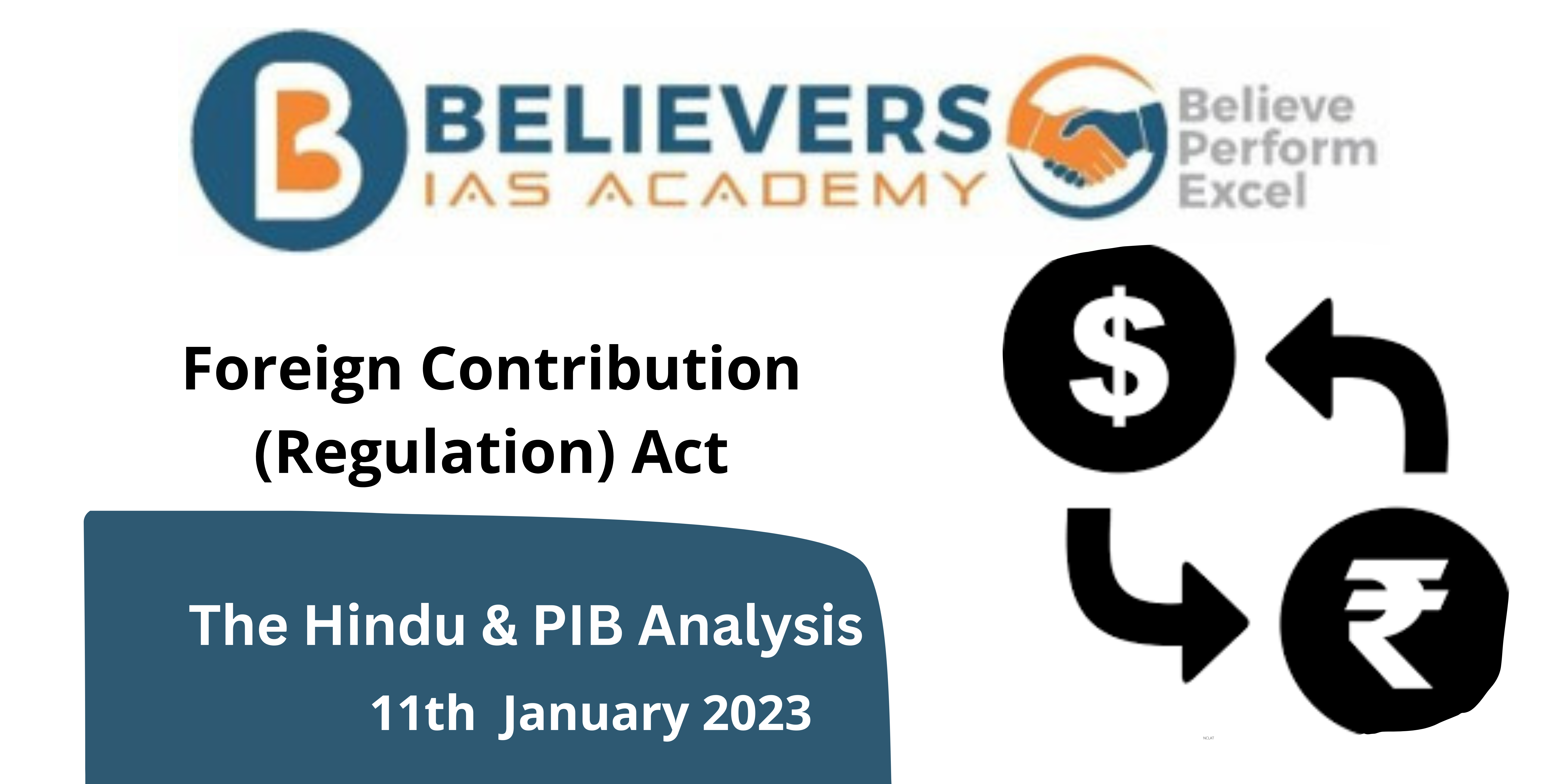Tightrope walk
Context:
The Reserve Bank of India’s (RBI) recent decision to maintain unchanged interest rates, despite raising concerns about “high inflation” impacting macroeconomic stability, reveals a complex dilemma faced by monetary authorities.
Background:
While the first quarter saw relatively mild retail inflation, averaging 4.63%, the subsequent months witnessed a significant acceleration, with July and August recording 7.44% and 6.83% inflation, respectively.
- Recognizing its misjudgment of inflationary trends, the Monetary Policy Committee (MPC) raised its second-quarter inflation projection to 6.4%.
- This projection might still be too optimistic unless September’s inflation rate drops below 5%.
- The RBI is pinning hopes on reduced domestic LPG and vegetable prices for temporary relief, and Governor Shaktikanta Das emphasized the readiness to employ Open Market Operations to manage liquidity if needed.
Relevance:
GS-03 (Indian Economy)
Prelims:
- Repo Rate
- Monetary Policy
Mains Question:
Discuss the conundrum faced by the RBI’s Monetary Policy Committee (MPC) in balancing concerns about rising inflation and sustaining economic growth. How does this dilemma reflect India’s current economic challenges? (150 words)
Dimensions of the Article:
- Rising Inflation and MPC’s Projection
- RBI’s Reluctance to Raise Interest Rates
- Challenges to GDP Growth Outlook
- External Sector Vulnerabilities
Rising Inflation and MPC’s Projection:
- The article highlights the abrupt surge in inflation, with July and August witnessing rates of 7.44% and 6.83%, respectively.
- The MPC raised its second-quarter inflation projection from 6.2% to 6.4%, an acknowledgment of the underestimated inflationary trends.
RBI’s Reluctance to Raise Interest Rates:
- Despite concerns about inflation’s impact on economic stability, the RBI hesitates to raise interest rates further. This reluctance hints at a broader worry about the fragility of India’s economic growth momentum.
- The NSO’s data on economic growth estimates has faced scrutiny, with doubts about the accuracy of the 7.8% real GDP growth in the first quarter.
Challenges to GDP Growth Outlook:
- The article points out the challenges to India’s GDP growth outlook for the current fiscal year. Weakness in goods exports and an erratic monsoon, leading to reduced sowing of critical crops like oilseeds and pulses, are cited as risks to the RBI’s projection of 6.5% GDP growth in FY24.
External Sector Vulnerabilities:
- With the rupee’s depreciation by approximately 0.7% since the last policy meeting in August, the RBI faces the risk of importing inflation and exacerbating vulnerabilities in the external sector if it refrains from raising interest rates.
Way Forward:
– Continuously monitor inflation trends, especially in September, to validate inflation projections and adjust monetary policy accordingly.
– Keep a close watch on economic growth data and address doubts about GDP estimates to ensure an accurate assessment of the country’s economic health.
– Mitigate the impact of external sector vulnerabilities by taking measures to stabilize the rupee and manage inflationary pressures effectively.
Conclusion:
The RBI’s decision on interest rates reflects the delicate balance between combating inflation and sustaining economic growth. A cautious approach is warranted, given uncertainties about the accuracy of economic growth data and the external sector’s vulnerabilities. Striking the right balance is crucial to ensure macroeconomic stability and sustainable development.




